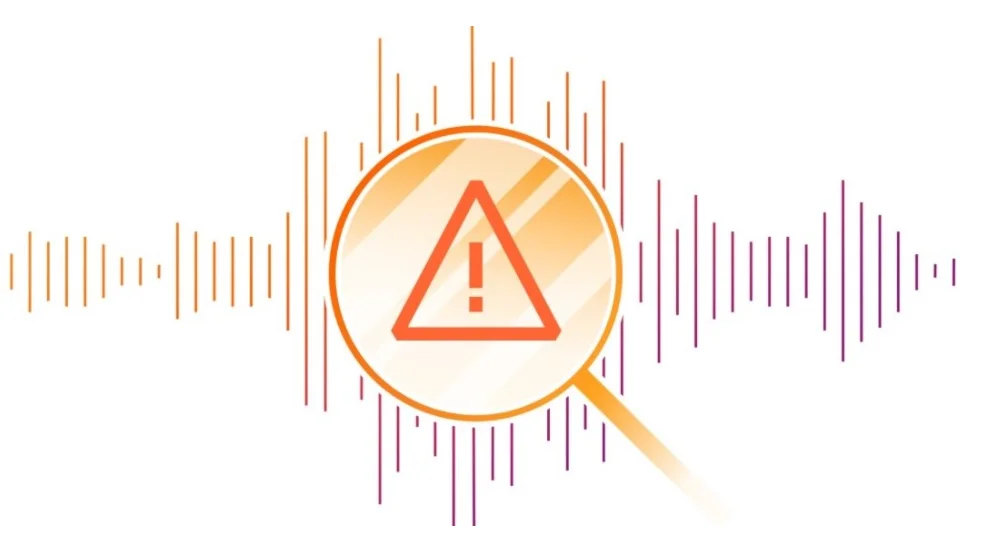Google Chrome Now Automatically Turns Off Annoying Website Notifications
Google is rolling out a new feature for Chrome on Android and desktop that automatically disables notifications from websites users tend to ignore. The update builds on Chrome’s Safety Check tool, which already manages permissions such as camera, microphone, and location access, making Chrome more secure and user-friendly than ever.
Tackling Notification Overload
The new auto-revocation feature is designed to curb the growing problem of notification spam. Many websites bombard users with alerts, but few actually get meaningful engagement. According to Google, less than one percent of Chrome notifications receive clicks, meaning most are simply distractions rather than helpful updates.
In a statement, Google explained:
“Our tests show a significant reduction in notification overload with only a minimal change in total notification clicks.”
Interestingly, Google found that sites sending fewer notifications are seeing higher engagement. This suggests that reducing spammy alerts not only improves user experience but also helps legitimate websites connect more effectively with visitors.
How the Feature Works
Chrome’s new system automatically identifies websites that repeatedly send ignored notifications and revokes their notification permissions. However, this feature won’t affect installed web apps or trusted websites that users frequently interact with.
For users who prefer more control, the auto-revocation feature can be turned off manually. Notifications for specific websites can also be restored easily by revisiting the site or adjusting preferences in Chrome’s Safety Check settings.
A Step Toward a Cleaner, Safer Web
This update is part of Google’s broader initiative to make Chrome both safer and more enjoyable to use. By limiting intrusive notifications, the browser enhances focus and reduces digital clutter without taking away user control.
While Google has not announced an exact rollout date, the company confirmed that this feature will soon be available to all Chrome users worldwide.












